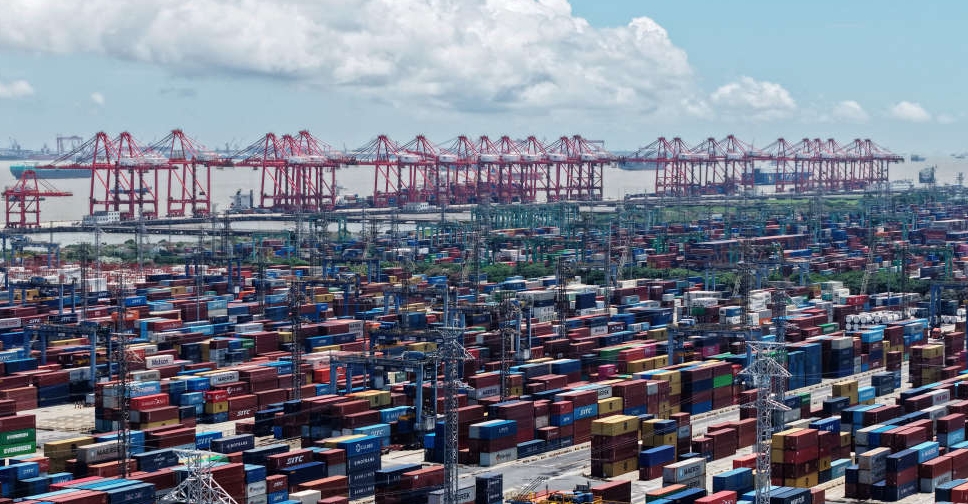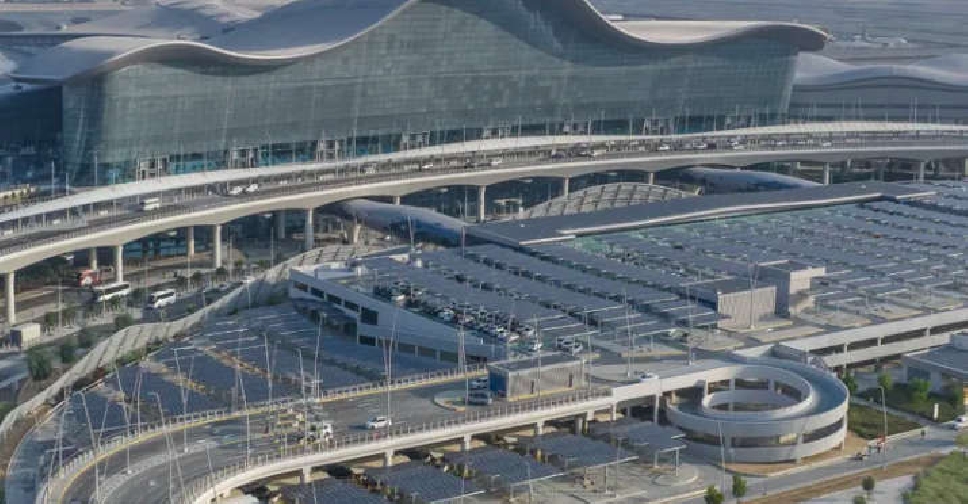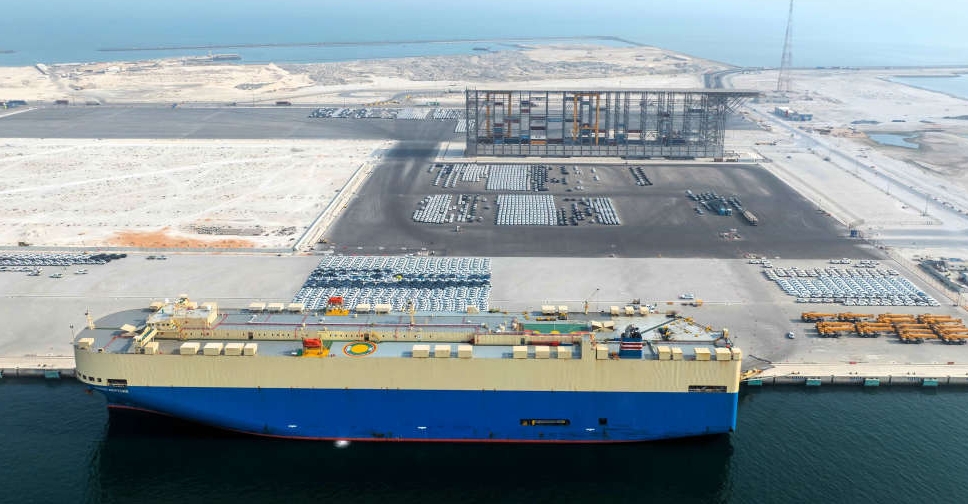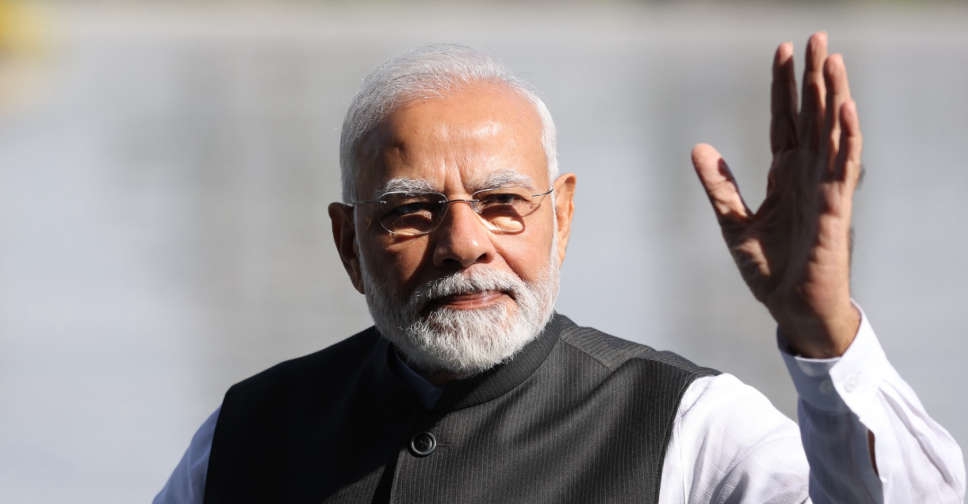
The United States and China have extended a tariff truce for another 90 days, staving off triple-digit duties on each other's goods as US retailers get ready to ramp up inventories ahead of the critical end-of-year holiday season.
US President Donald Trump announced on his Truth Social platform on Monday that he had signed an executive order suspending the imposition of higher tariffs until 12:01 am EST (0501 GMT) on November 10, with all other elements of the truce to remain in place.
China's Commerce Ministry issued a parallel pause on extra tariffs early on Tuesday, also postponing for 90 days the addition of US firms it had targeted in April to trade and investment restriction lists.
"The United States continues to have discussions with the PRC to address the lack of trade reciprocity in our economic relationship and our resulting national and economic security concerns," Trump's executive order stated, using the acronym for China.
The tariff truce between Beijing and Washington had been due to expire on Tuesday at 12:01 am EDT (0401 GMT). The extension until early November buys crucial time for the seasonal autumn surge of imports for the Christmas season, including electronics, apparel and toys at lower tariff rates.
The new order prevents US tariffs on Chinese goods from shooting up to 145 per cent%, while Chinese tariffs on US goods were set to hit 125 per cent - rates that would have resulted in a virtual trade embargo between the two countries. It locks in place - at least for now - a 30 per cent tariff on Chinese imports, with Chinese duties on US imports at 10 per cent.
There was relief on the streets of China's capital, where officials are grappling with the challenge Trump’s trade policy poses to the economy’s long-standing, export-oriented growth model.
Markets showed optimism for a breakthrough between the two superpowers, with Asian stocks rising and currencies mostly steady, after treading water for weeks.
Trump told CNBC last week that the US and China were getting very close to a trade agreement and he would meet Xi before the end of the year if a deal was struck.
TRADE 'DETENTE' CONTINUED
The two sides announced a truce in their trade dispute in May after talks in Geneva, Switzerland, agreeing to a 90-day period to allow further talks. They met again in Stockholm, Sweden, in late July, and US negotiators returned to Washington with a recommendation that Trump extend the deadline.
Treasury Secretary Scott Bessent has said repeatedly that the triple-digit import duties both sides slapped on each other's goods in the spring were untenable and had essentially imposed a trade embargo between the world's two largest economies.
"It wouldn’t be a Trump-style negotiation if it didn’t go right down to the wire," said Kelly Ann Shaw, a senior White House trade official during Trump's first term and now with law firm Akin Gump Strauss Hauer & Feld.
She said Trump had likely pressed China for further concessions before agreeing to the extension.
Trump pushed for additional concessions on Sunday, urging China to quadruple its soybean purchases, although analysts questioned the feasibility of any such deal. Trump did not repeat the demand on Monday.
China's exports to the US fell an annual 21.7 per cent last month, according to the country's latest trade data, while shipments to Southeast Asia rose 16.6 per cent over the same period as manufacturers sought to pivot to new markets and capitalise on a separate reprieve that allowed trans-shipment to the US.
Separate US data released last week showed the trade deficit with China shrank to its lowest in more than 21 years in June.
Still, analysts expect the world’s two largest economies to reach an agreement before long, as their deep interdependence makes pursuing alternative markets unattractive over the long term.
Washington has also been pressing Beijing to stop buying Russian oil to pressure Moscow over its war in Ukraine, with Trump threatening to impose secondary tariffs on China.



 Abu Dhabi Airports record passenger traffic growth in H1 2025
Abu Dhabi Airports record passenger traffic growth in H1 2025
 UAE to finalise ‘Eurasian Economic Union’ trade agreements by year-end: Al Zeyoudi
UAE to finalise ‘Eurasian Economic Union’ trade agreements by year-end: Al Zeyoudi
 DP World expands vehicle capacity at Jebel Ali to meet surging demand
DP World expands vehicle capacity at Jebel Ali to meet surging demand
 India's Modi vows no compromise on farmers interests amid Trump's tariff salvo
India's Modi vows no compromise on farmers interests amid Trump's tariff salvo
 RAK Economic Zone signs deal to establish tech-focused industrial hub
RAK Economic Zone signs deal to establish tech-focused industrial hub




